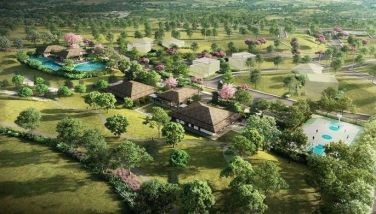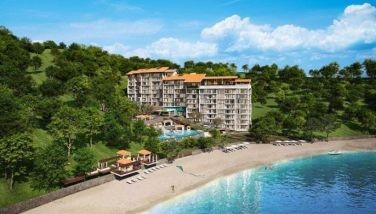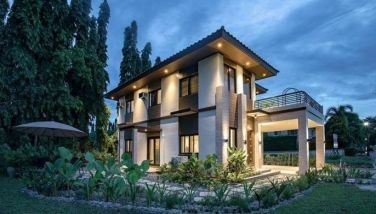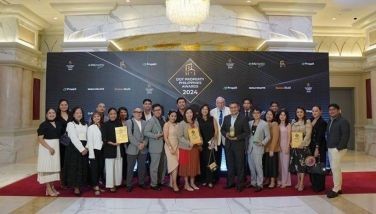Hunter Douglas launches quest for architectural excellence
MANILA, Philippines - Is there a Filipino architecture? If there is, what does it look like? Does is follow the many forms the country’s buildings and dwellings take, subordinate to foreign influences? Can it be considered smart and self-sustaining?
To be intelligent, new Filipino architecture must return to the old and go back to the basics. Its forms, materials, uses and applications must stem from its beginnings; the age-old customs and traditions of its people and the lessons of the past.
One must only look at two of Filipino architecture’s most enduring forms, the bahay kubo or nipa hut and the bahay na bato, to see that traditional architecture is the way to go towards sustainability.
The bahay kubo stood the test of time because it fits the country’s climate and environs. Its high-pitched roof shed rain and provided ample room for warm air to escape as cooling breezes entered through the porous bamboo floor and walls.
Its resilient bamboo poles bend to withstand typhoons and the occasional earthquake. Repairs are also as simple as cutting a few fresh poles from a nearby bamboo forest to replace old ones, or weaving a new roof from nipa leaves that abound in the countryside.
More important, the bahay kubo’s spaces fit the placid pace of rural Filipino life which is largely communal in nature – one main room for the shared activities of dining, recreation and sleep.
The bahay kubo then evolved into the bahay na bato to fit the more complex activities in urban centers.
For more details on the awards, interested parties may get in touch with Ms. Monica Basilio at telephone nos. 928-8190, 924-0220, 0918-418-0560 or they may visit www.hunterdouglas.com.ph.
- Latest


























